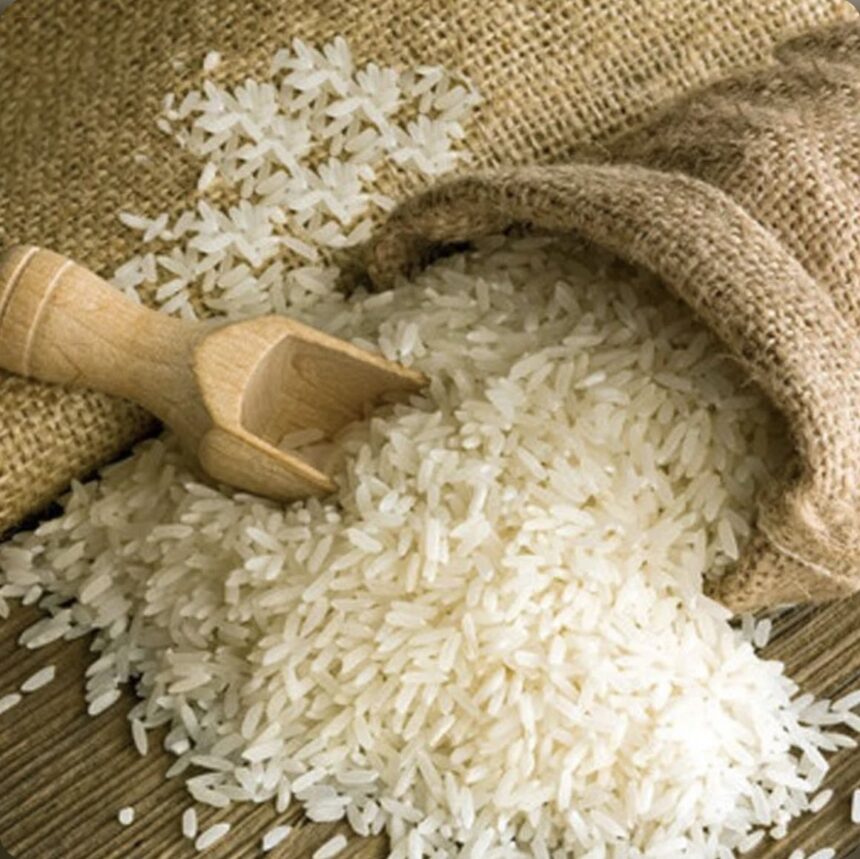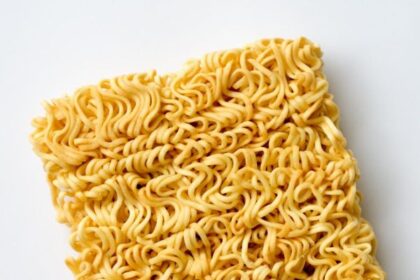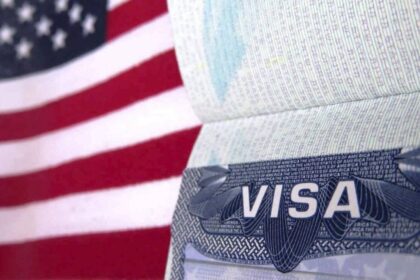Kenya has approved duty-free imports of 500,000 tonnes of rice between August and December. Policymakers insist the move will stabilise prices. However, it will slash farmer incomes, drain foreign reserves, and deepen reliance on imports.
Each year, the country imports almost one million tonnes of rice, valued at approximately Sh160 billion. Consequently, forex reserves have dropped to 4.4 months of import cover. Meanwhile, farmers in Mwea, Ahero, and Bunyala sit on unsold harvests, as politically connected importers profit from tax-free licences.
Domestic production covers only 20 per cent of the 1.3 million tonnes Kenyans consume. As a result, cheap imports undercut farm-gate prices. Unlike wheat and maize farmers, rice growers receive no protection. Wheat importers must buy local stocks before bringing in foreign supplies, and wheat farmers enjoy a price floor of Sh4,750 per 90kg bag. By contrast, rice farmers get neither safeguard.
This policy raises pressing questions. Why must rice farmers bear the cost of price stability? And why do importers get preference over local producers?
Other nations prove a different path is possible. Vietnam, for instance, produces 43 million tonnes of rice annually and exports eight million. It achieved this by expanding irrigation, strengthening cooperatives, and adopting high-yield methods such as “One Must, Five Reductions.” Similarly, Tanzania reached near self-sufficiency in 2023 after investing in irrigation systems, modern milling facilities, and farmer cooperatives.
Kenya can follow this example. It can extend import controls to rice and block imports during harvest seasons. It can also set a Sh5,000 minimum price per 90kg bag, paid through the National Cereals and Produce Board. Moreover, it can train farmers in high-yield varieties and climate-smart practices to boost production.
In the end, true price stability will come from producing more rice locally.
Also read: Mudavadi Affirms Strong Kenya–US Ties
Duty-Free Rice Imports Threaten Kenyan Farmers

Leave a Comment












